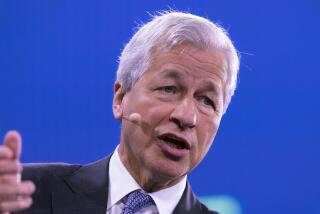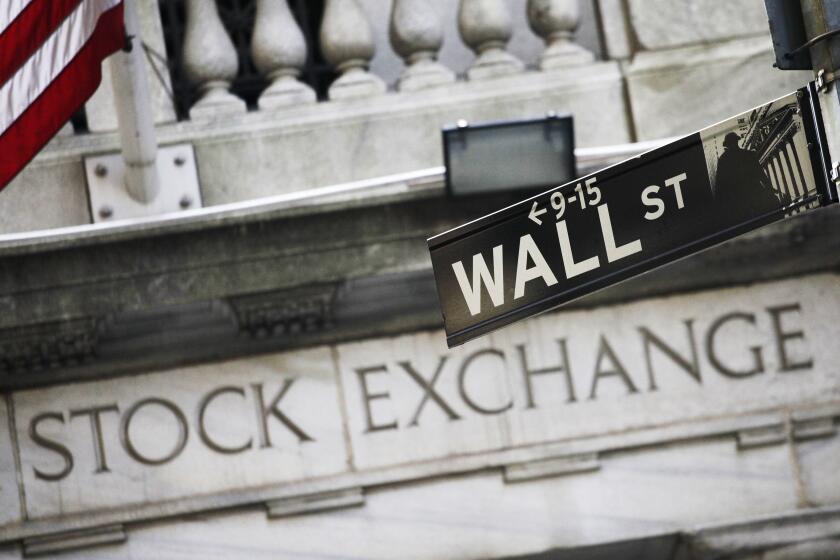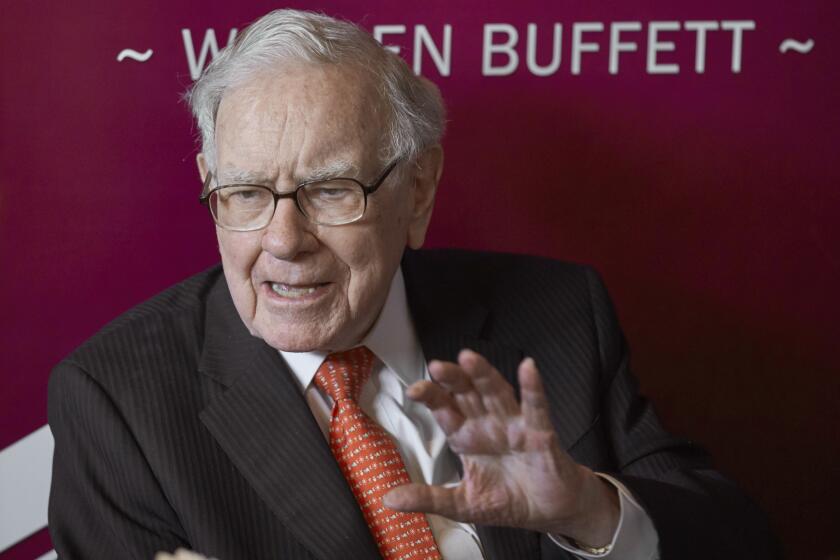The Argument Against Buying Into a ‘Market-Neutral’ Fund
- Share via
If you think you can minimize risk by investing in a “market-neutral” fund, you’re fooling yourself.
Sure, these portfolios are designed to make money whether the stock market advances or declines. They do this by placing equal and simultaneous bets on and against the market.
For instance, if a market-neutral manager invests $5,000 in Intel, he might short Advanced Micro Devices by the same amount to hedge his exposure to semiconductors. In theory, this makes sense. After all, if the semiconductor industry tanks, the fund’s loss in Intel would be offset by its profits from shorting AMD.
But that’s in theory. Here’s the reality:
* Market-neutral funds trade one kind of risk in for another. In our example, skittish investors might like the fact that potential losses in Intel could be offset by gains in AMD. But what if the manager is wrong on both bets? What if Intel shares fall while AMD’s rise? That’s not hedging your position. That’s doubling your losses.
* Market-neutral funds may not be neutral after all. The key to a market-neutral strategy is knowing how to hedge the portfolio. But that’s easier said than done. For instance, what if your fund buys General Electric stock? Since GE makes everything from light bulbs to airplane engines--not to mention the fact that it’s also involved in finance and media--what company or sector must it short to offset that position?
* Market-neutral funds are costly to manage. Because these funds short half their holdings--and because there’s no such thing as a buy-and-hold short-selling strategy--market-neutral portfolios will turn over their stocks more frequently than traditional funds. That means they’ll incur higher trading costs.
* Market-neutral funds have no track record. Though hedge funds have been around for a while, no market-neutral fund (that’s open to retail investors) has been around for even a year. Notes Morningstar equity fund analyst Russ Kinnel: “It’ll be a few years before we can say how well this strategy and these funds can perform.”
Here’s a final, yet obvious point: If you’re thinking of investing in a market-neutral fund because you’re scared of stocks right now, there is something called a bond fund. According to Morningstar, the average bond fund has delivered annualized returns of 9.28% over the last 15 years. By comparison, the best known of these new market-neutral portfolios, Barr Rosenberg Market Neutral, is up just 0.5% thus far this year.
*
Times staff writer Paul J. Lim can be reached at paul.lim@latimes.com.
More to Read
Inside the business of entertainment
The Wide Shot brings you news, analysis and insights on everything from streaming wars to production — and what it all means for the future.
You may occasionally receive promotional content from the Los Angeles Times.










